
Read offline
automatisch generiertes Audio
1×
Melden Sie sich an, um die Audiozusammenfassung anzuhören.
automatisch generiertes Audio
Recommendation
While its dramatic crisis is long past, the euro zone has yet to return to healthy growth. It’s enough to make you feel nostalgic for the days of the deutsche mark, the lira and the peseta. Yet the 1990s European Monetary System (EMS) crisis offers interesting parallels with current issues and points to valuable lessons for EU policy makers today. getAbstract recommends this thoughtful reminder of how the more things change, the more they stay the same.
Summary
About the Author
Daniel Gros is the director of the Centre for European Policy Studies in Brussels.
By the same author
Report
Article
Report
Report


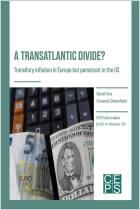
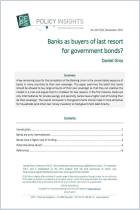

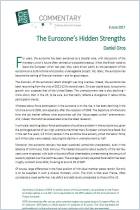
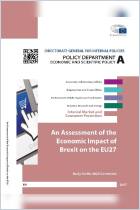
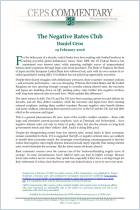
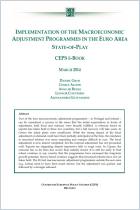
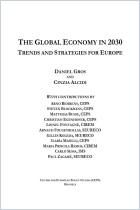
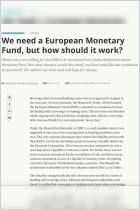

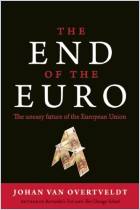
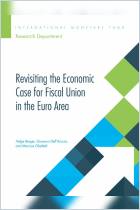
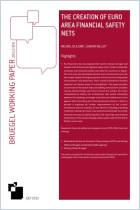







Comment on this summary